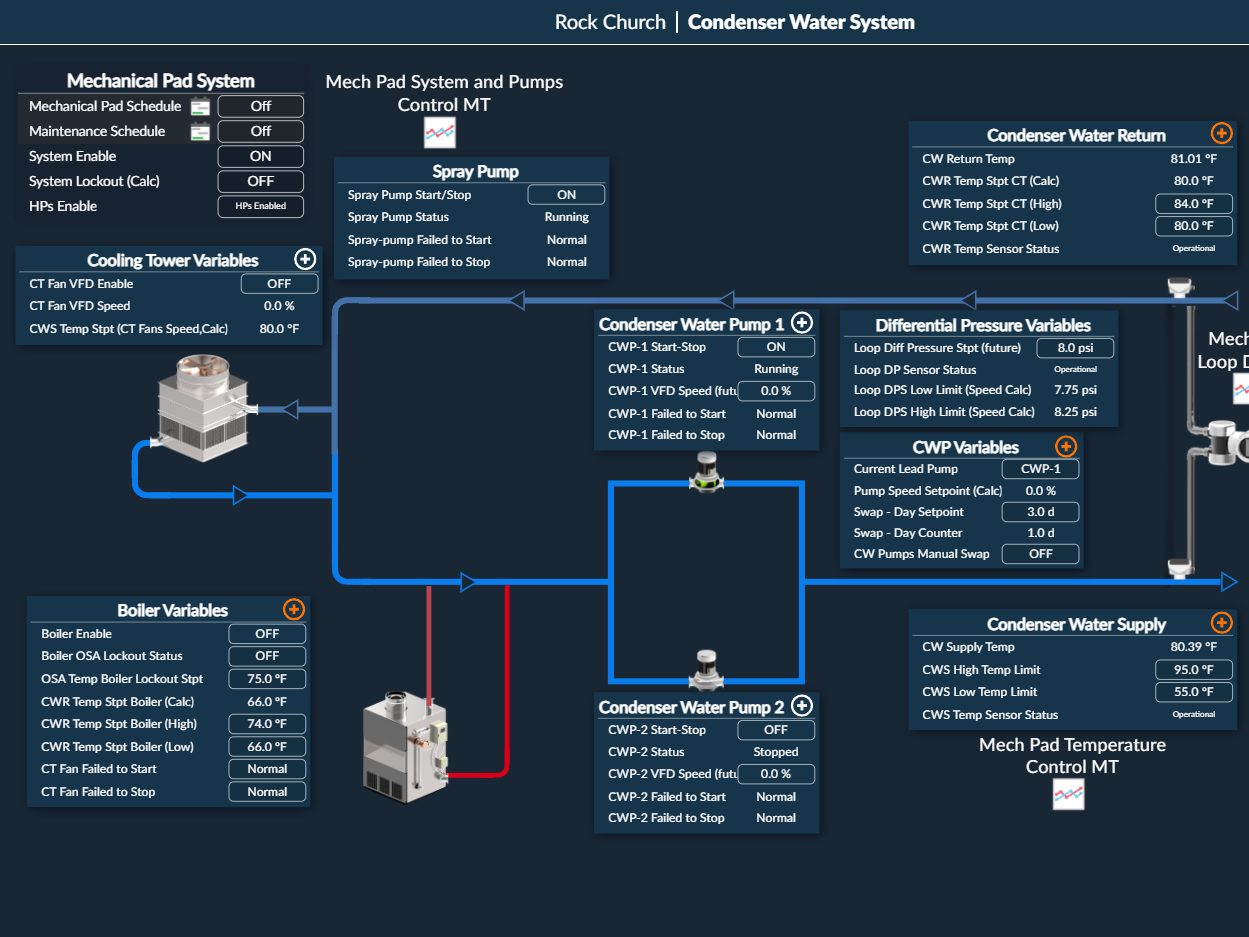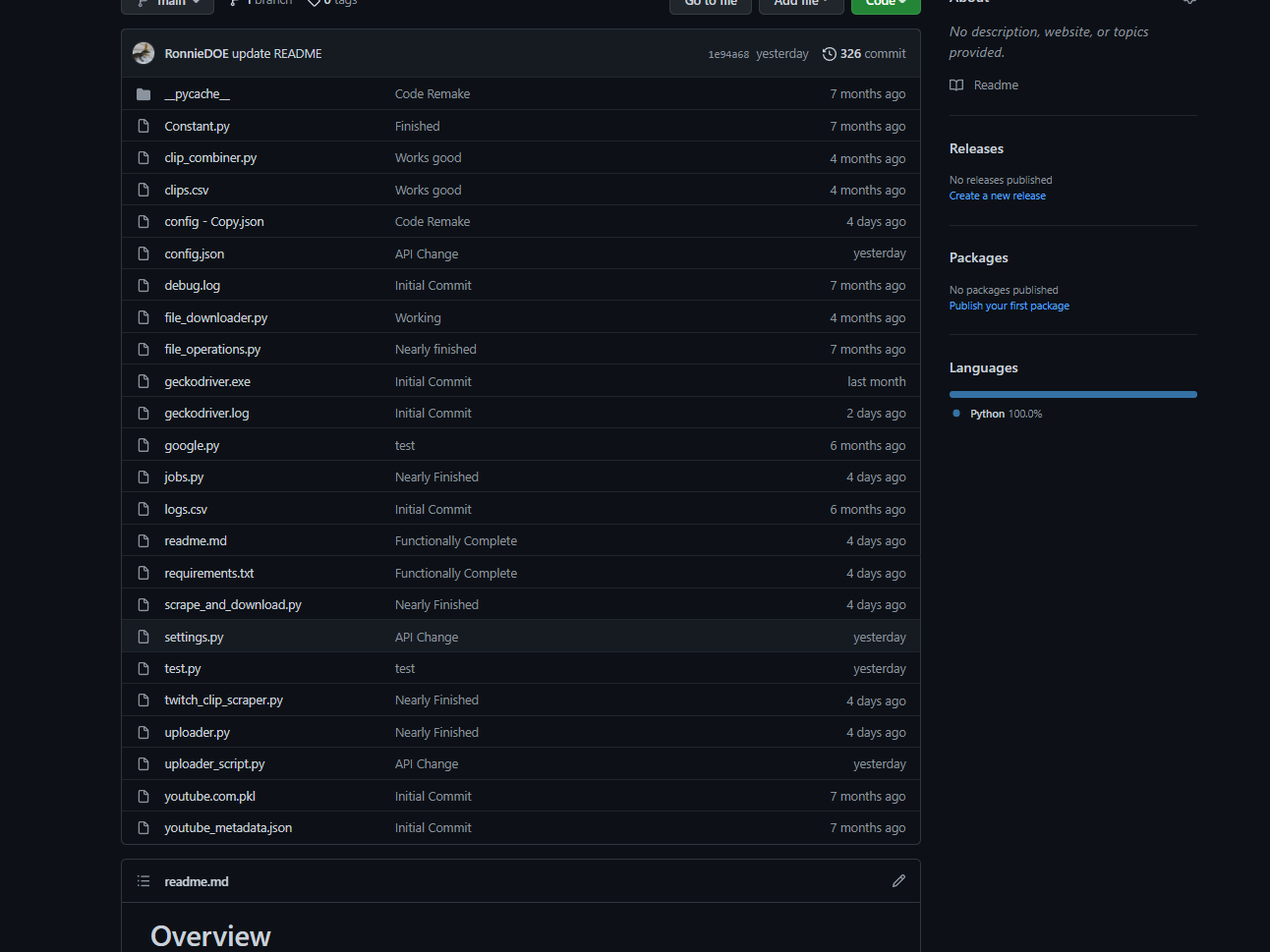Driving Proactive Systems Management, Visibility, and Security Enhancement
A key achievement in my systems administration roles was spearheading initiatives to enhance our IT operational capabilities and security posture. Recognizing the need for comprehensive asset visibility, I led the implementation of Lansweeper across the organization. The provided images (Image 1 and Image 2) showcase early stages of this deployment, which involved initial network scanning and asset discovery. As the platform matured under my guidance, it became deeply integrated, providing granular data on hundreds of assets, their configurations, and operational status, forming a critical foundation for proactive management.
Building upon this enhanced visibility, and with a forward-looking approach to security, I began the process of evaluating and planning for the implementation of a dedicated Security Information and Event Management (SIEM) platform. My research and initial planning were heavily leaning towards solutions like Microsoft Sentinel or Splunk, recognizing their potential to aggregate, correlate, and analyze security logs from diverse sources across our infrastructure.
This two-pronged approach allowed us to:
- Establish Comprehensive Asset Intelligence: Transition from manual tracking to an automated, detailed inventory, crucial for everything from troubleshooting to compliance.
- Enhance Proactive Monitoring & Maintenance: Utilize centralized data to identify systems needing updates, detect configuration drift, and anticipate potential hardware failures before they impacted users.
- Lay the Groundwork for Advanced Threat Detection: By exploring SIEM solutions, we aimed to move towards centralized log analysis, real-time alerting on suspicious activities, and more sophisticated incident response capabilities.
- Strengthen Security Posture Systematically: The Lansweeper implementation provided immediate benefits in identifying vulnerabilities (e.g., outdated software), while the SIEM exploration was a strategic step towards more advanced, correlated security event monitoring.
- Improve Incident Triage & Response: Even with Lansweeper alone, the detailed system information drastically improved the speed of diagnosing operational issues. The planned SIEM would have further enhanced security incident response.
While my tenure concluded before the full SIEM deployment, the groundwork laid in asset visibility and the strategic planning for advanced security monitoring demonstrates my commitment to leveraging data for robust, secure, and efficient IT operations. This experience in identifying needs, implementing solutions, and planning for future enhancements is directly applicable to ensuring customers achieve maximum value and technical health from sophisticated platforms.
Building upon this enhanced visibility, and with a forward-looking approach to security, I began the process of evaluating and planning for the implementation of a dedicated Security Information and Event Management (SIEM) platform. My research and initial planning were heavily leaning towards solutions like Microsoft Sentinel or Splunk, recognizing their potential to aggregate, correlate, and analyze security logs from diverse sources across our infrastructure.
This two-pronged approach allowed us to:
- Establish Comprehensive Asset Intelligence: Transition from manual tracking to an automated, detailed inventory, crucial for everything from troubleshooting to compliance.
- Enhance Proactive Monitoring & Maintenance: Utilize centralized data to identify systems needing updates, detect configuration drift, and anticipate potential hardware failures before they impacted users.
- Lay the Groundwork for Advanced Threat Detection: By exploring SIEM solutions, we aimed to move towards centralized log analysis, real-time alerting on suspicious activities, and more sophisticated incident response capabilities.
- Strengthen Security Posture Systematically: The Lansweeper implementation provided immediate benefits in identifying vulnerabilities (e.g., outdated software), while the SIEM exploration was a strategic step towards more advanced, correlated security event monitoring.
- Improve Incident Triage & Response: Even with Lansweeper alone, the detailed system information drastically improved the speed of diagnosing operational issues. The planned SIEM would have further enhanced security incident response.
While my tenure concluded before the full SIEM deployment, the groundwork laid in asset visibility and the strategic planning for advanced security monitoring demonstrates my commitment to leveraging data for robust, secure, and efficient IT operations. This experience in identifying needs, implementing solutions, and planning for future enhancements is directly applicable to ensuring customers achieve maximum value and technical health from sophisticated platforms.
Server PC Setup with our HVAC proprietary software,
in the case I was not able to set them up myself and someone else has to.
Nothing related to passwords is in plaintext.


